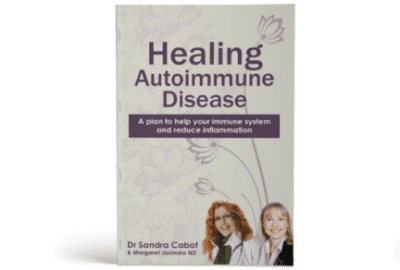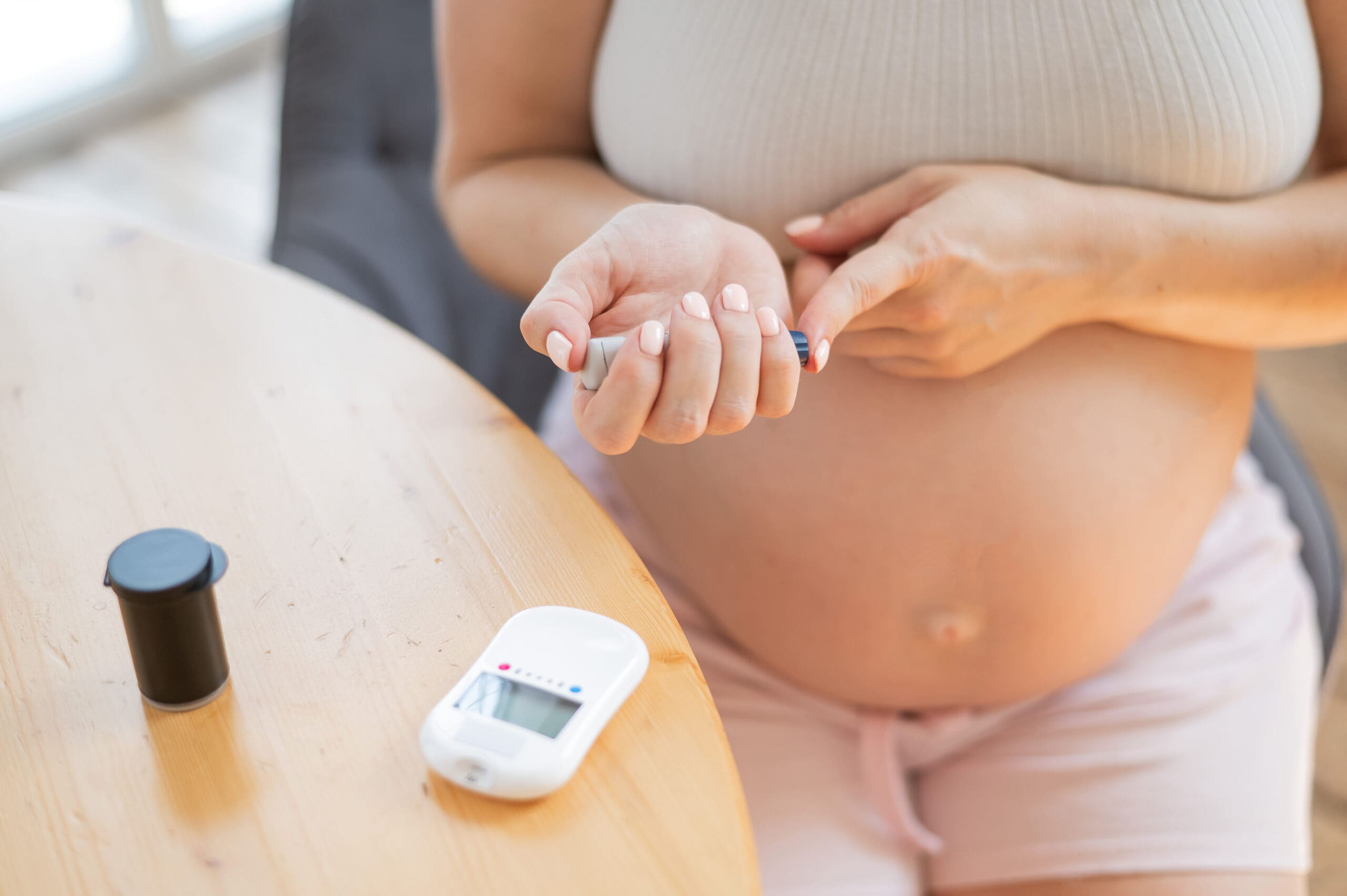Diabetes linked with early menopause
By naturopath Margaret Jasinska
Recent studies have shown that women who are diagnosed with type 1 or type 2 diabetes early in life are likely to experience an earlier menopause than non diabetics. This is useful to know, because menopause can trigger a lot of emotional and physical changes.
Early menopause in type 1 diabetics is likely if diagnosed younger than 30 years. For type 2 diabetes, if diagnosed between ages 30 and 39, an early menopause is likely.
It is thought that the inflammation generated by diabetes can cause oxidative damage to the ovaries, impairing their ability to enable maturation of follicles and sex hormone production. This may mean diabetics have fewer child bearing years.
The research was presented at the North American Menopause Society annual meeting. Vrati Mehra from the University of Toronto in Canada analysed long term implications of premenopausal diabetes on women’s reproductive health, including the age at natural menopause. The study included 11,436 women (aged 45 to 85 years) who reported having a premenopausal diagnosis of type 1, type 2 or gestational diabetes.
The researchers discovered that after adjusting for ethnicity, education, smoking status, and gravidity, early age of diagnosis of type 1 (younger than 30 years) and type 2 (30 to 39 years) was associated with earlier menopause compared with women without diabetes. Interestingly, diagnosis of type 2 diabetes after 50 years of age was associated with later age at natural menopause. There were no significant associations between gestational diabetes and age of natural menopause.
The researchers believe that diabetes takes its toll on the body. It speeds up the ageing process in every part of the body, including the ovaries.
What is the average age of menopause?
Most women begin the peri-menopause at some time during their 40s, which is really the beginning of ovarian failure. The peri-menopause consists of the period of time, before, during and after menopause where the ovarian output of sex hormones becomes erratic and eventually fails completely. The average age of menopause is 50 years with a normal range from 45 to 55. A small percentage of women (around one in a hundred), have a premature menopause in their thirties or early forties, and rarely I have seen women in their early twenties go through menopause.
The causes of premature menopause vary from chronic extreme stress, autoimmune diseases, smoking, genetic factors, hysterectomy, removal of the ovaries, chemotherapy and in some cases are unknown. Other women continue to produce good levels of oestrogen and progesterone right through their forties, and well into their fifties, before the ovaries eventually fail.
Typical symptoms of peri menopause and menopause
- Hot flushes
- Aches and pains
- Vaginal dryness and discomfort
- Painful or uncomfortable sexual intercourse
- Loss of libido
- Bladder problems such as urgency and incontinence
- Mood changes
- Anxiety and panic attacks
- Memory problems
- Poor concentration
- Dry and ageing skin
- Scalp hair loss
- Poor sleep quality
Strategies for easing the symptoms of menopause
Work on improving your overall health.
The healthier you are, the more slowly your body will age. Unfortunately autoimmune disease increases inflammation, wear and tear to the body. Type 1 diabetes is an autoimmune disease. Some cases of type 2 diabetes are also autoimmune. I have written about my recommendations for autoimmune disease in detail in the book Healing Autoimmune Disease: A plan to help your immune system and reduce inflammation.
Try to maintain a healthy weight as you age.
It is very common for women to experience weight gain between the ages of 35 and 55 due to fluctuations in hormone levels; as hormones and weight gain often go hand in hand. Overweight women are more likely to experience hot flushes, especially if their weight is centred around their abdominal area. There are excellent weight loss tips and recipes in the book I Can’t Lose Weight and I Don’t Know Why. Synd-X Slimming Protein Powder is a low-carb high protein powder that makes a convenient and filling meal for when you are busy.
Take care of your liver.
The liver controls your metabolism and regulates hormones. Fatty liver is becoming increasingly common in modern society, and occurs when our liver cells get clogged with fat. Women with a fatty liver are more prone to hot flushes; due to their liver function being compromised and not being able to adequately regulate hormones. A healthy diet, lifestyle changes and the advice in the book Fatty Liver: You Can Reverse It should help.
Feeling stressed, anxious and tense can worsen hot flushes, night sweats, mood changes and insomnia.
Work, health, family, relationships and financial issues can cause stress which diminishes hormone production. Have a massage, take a hot bath, listen to some relaxing music, read a good book, eat well and make sure you are getting adequate sleep. Take some time out for yourself and focus on the things that make you happy. Magnesium may help you because it improves the physiological response to stress and helps to promote relaxation. Tyrosine is an amino acid that supports healthy neurotransmitter production by your brain.

Ensure you eat sufficient good fats.
As we get older we require more omega 3 fatty acids to keep our cell membranes healthy. Being low in omega 3 fatty acids can result in dry eyes, skin and hair, and more aches and pains. Therefore, it becomes essential to consume omega 3 fats regularly. Good sources include oily fish (salmon, sardines, mackerel), fish oil, omega 3 eggs and pasture raised red meat.
For further information on balancing your hormones naturally, check out the book Hormone Replacement: The Real Truth.
Reference













Leave A Comment